Petros Aquaculture will produce northern red snapper 5 miles off the coast of Aruba using cutting-edge technology
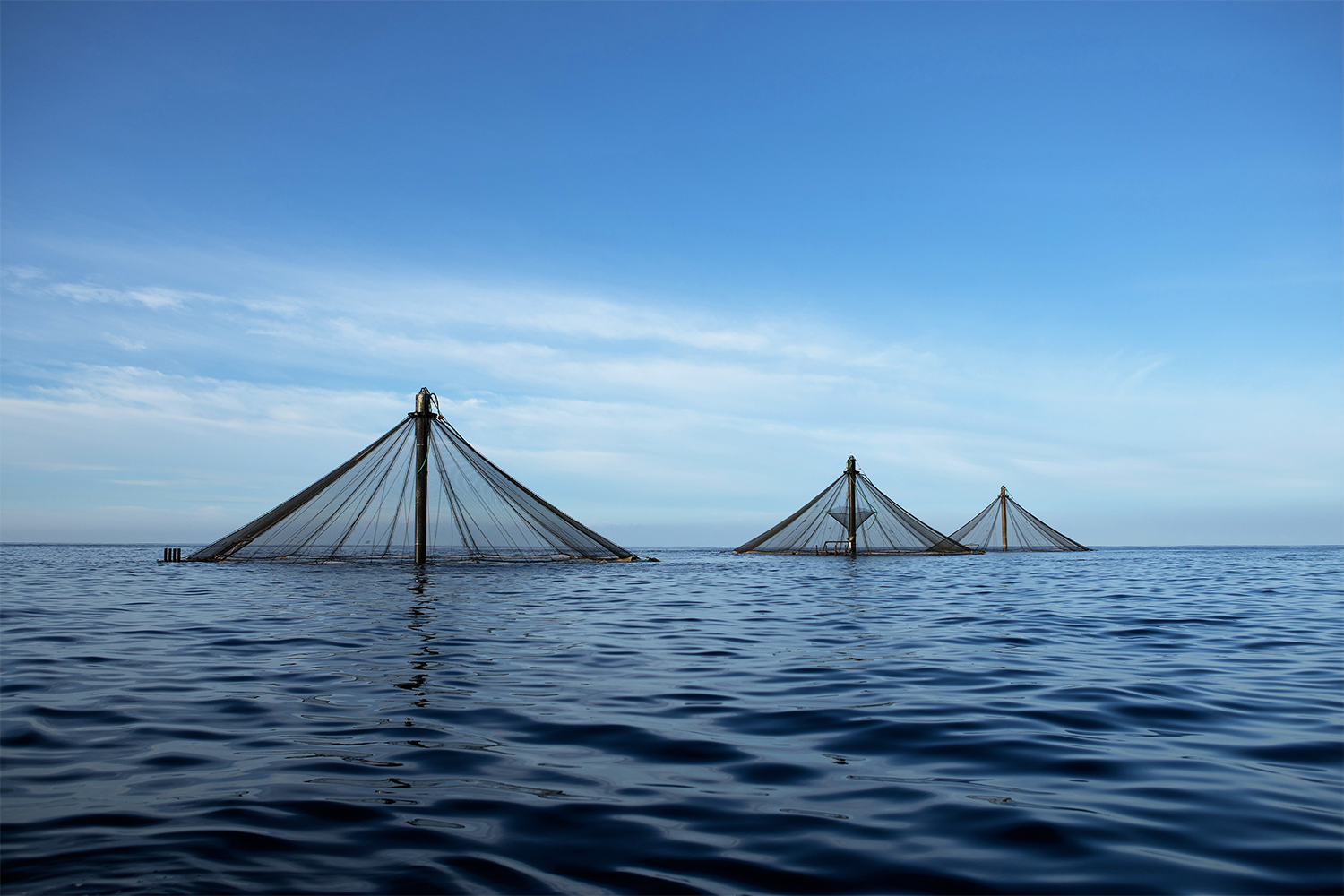
Aruba is known for world-class windsurfing, annually hosting the only Professional Windsurfing Association Grand Prix event in the Caribbean. That fits in with the 68-square-mile island’s main economic engine: tourism, which accounts for about 90 percent of Aruba’s gross domestic product.
Gunnar Bracelly is betting that aquaculture can co-exist with tourism while improving local food options for the island and helping to meet sustainability goals while doing so. Bracelly is president of Petros Aquaculture Operations, which is working with aquaculture technology provider Innovasea, based in Boston, USA.
Earlier this year Petros secured permits to build a 3,000-metric-ton (MT) northern red snapper open ocean fish farm situated eight kilometers (five miles) off Aruba’s southwest coast. Anticipation is high, as the company seeks to close the funding needed to complete the farm and its associated infrastructure.
“We could be looking at having fish in the water a year from now,” Bracelly said of the project.
Plans are to start with one-third of the announced production, with the initial harvest taking place in 2025. After that, production will expand as demand grows.
Tourists will be the target market for the company’s seafood. Having a local source of high-quality fish will cut down on the seafood industry’s carbon footprint. And in the future, an export market would help to diversify the island’s economy.
The importance of tourism, the scarcity of land and the limited availability of protected, near-shore locations pushed Petros to look at offshore, or open ocean aquaculture, according to Bracelly. Aruba’s bathymetry, the underwater contour of the seafloor, proved beneficial because it meant that going far offshore did not lead to too great a water depth.
“It gets deep but then it gets shallow again because you’re getting close to the continental shelf of South America,” Bracelly said of the seafloor.
For its open ocean fish farm, Petros worked with Innovasea to identify an area southwest of Aruba with ideal water depths for offshore aquaculture operations, with a depth of 80 to 100 meters. They also looked at other factors like currents and nutrients throughout the water column.
For the farm, Innovasea will supply submersible SeaStations, large enclosures that can hold more than 125,000 mature fish. Anchored to the seabed, the cages are easily raised and lowered.
“They have buoyancy control systems, very much like a scuba diver with a buoyancy control device,” said Langley Gace, Innovasea senior VP of business development.
He added that going a few meters down, or half the wavelength of the waves on the surface, eliminates 99 percent of the wave energy. So, submerging the cage 10 or so meters enables it to ride out hurricanes and typhoons, as was the case when storms hit fish farms in Bermuda and South Korea that have Innovasea SeaStations.
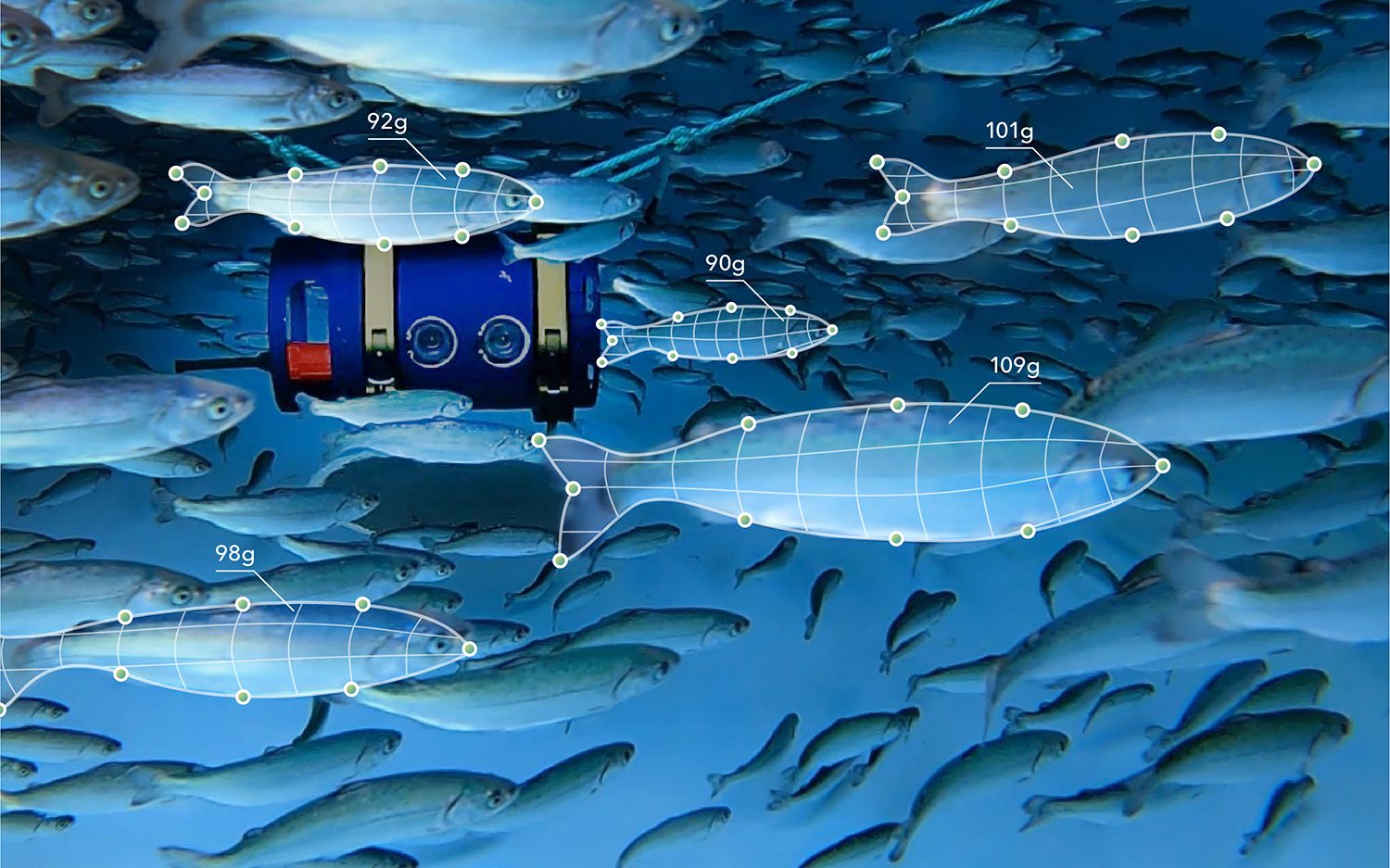
The Petros site will use heavy-duty pens to weather rough conditions at sea. Like other SeaStations, these structures are like bicycle wheels, Gace said, with a central axle, a rim and spokes connecting the two. The result, he noted, is a strong structure as evidenced by the 135-meter-tall London Eye, which has the same configuration.
In the Petros farm, Innovasea will also deploy various sensors that measure salinity, oxygen level, currents and other environmental aspects of the water. Other sensors will take measurements of the fish, aided by artificial intelligence (AI) software. Stereoscopic cameras, for instance, will capture a left and right viewpoint, allowing 3D imaging. Feeding this information into AI helps it determine when a fish is in profile, making it possible to use that image then to measure the dimensions of a fish and thereby track average size and growth.
Other software will look at the behavior of the fish, using this data to determine if the fish are hungry or full. Associated AI software will employ machine vision to spot food pellets as they fall out of the cage. Together, these measurements can help Petros adjust how much food should be dispersed and when it should be delivered, with the goal of optimizing feeding.
The sensors and software serve two purposes, both tied to not having food do anything but make fish grow. “They make the farm more efficient because you’re watching your cost. The other thing is they’re helping us be good stewards of the ocean,” Gace said.
The Petros operation will also include a land-based hatchery, according to Bracelly. After hitting the 3,000-MT production goal, future possibilities for the Petros farm include increasing production to 9,000 MT, he said. At that point, the farm might produce other species. Bracelly added that the site is large enough to support the number of cages needed, with the cages spaced in such a way that no enclosure shadows another in terms of nutrients or oxygen. Eventually, seaweed could be another product of the farm.
Any expansion will be the result of market demand and will have to meet the same basic requirements. “The goal is to diversify and produce food in a sustainable way,” Bracelly said.
Now that you've reached the end of the article ...
… please consider supporting GSA’s mission to advance responsible seafood practices through education, advocacy and third-party assurances. The Advocate aims to document the evolution of responsible seafood practices and share the expansive knowledge of our vast network of contributors.
By becoming a Global Seafood Alliance member, you’re ensuring that all of the pre-competitive work we do through member benefits, resources and events can continue. Individual membership costs just $50 a year.
Not a GSA member? Join us.
Author
-
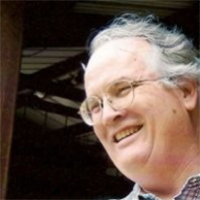
Hank Hogan
Hank Hogan is a freelance writer based in California who covers science and technology. His work has appeared in publications ranging from Boy’s Life to New Scientist.
Related Posts
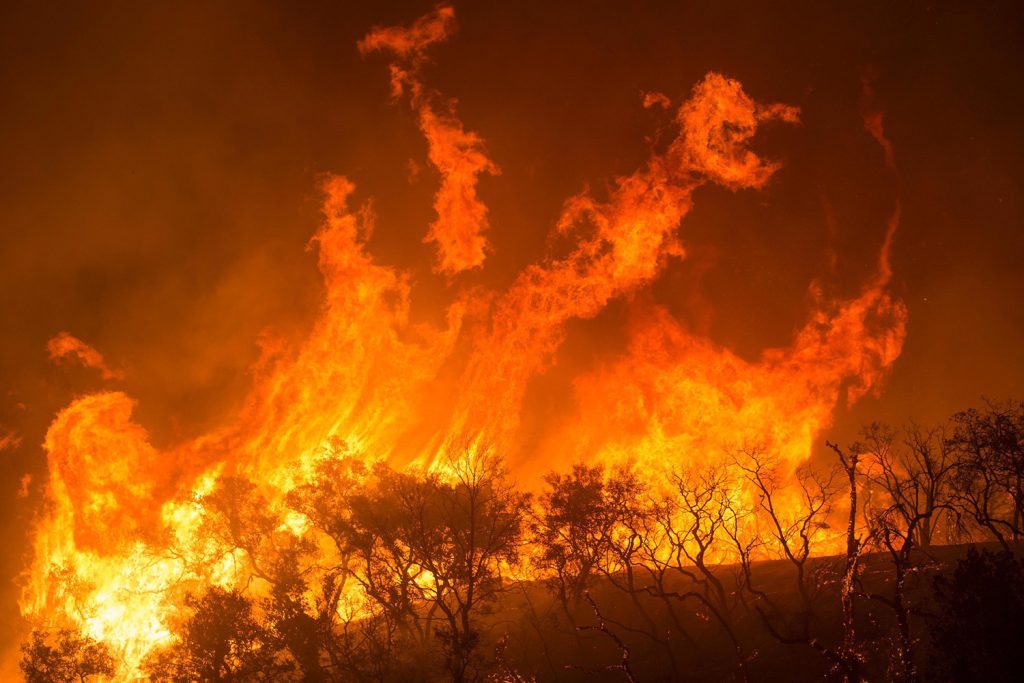
Responsibility
How wildfires – and efforts to stop them – threaten marine ecosystems and aquaculture
Wildfires are a growing threat that could impact aquaculture due to increasing smoke, worsening water quality and fire-retardant drops.
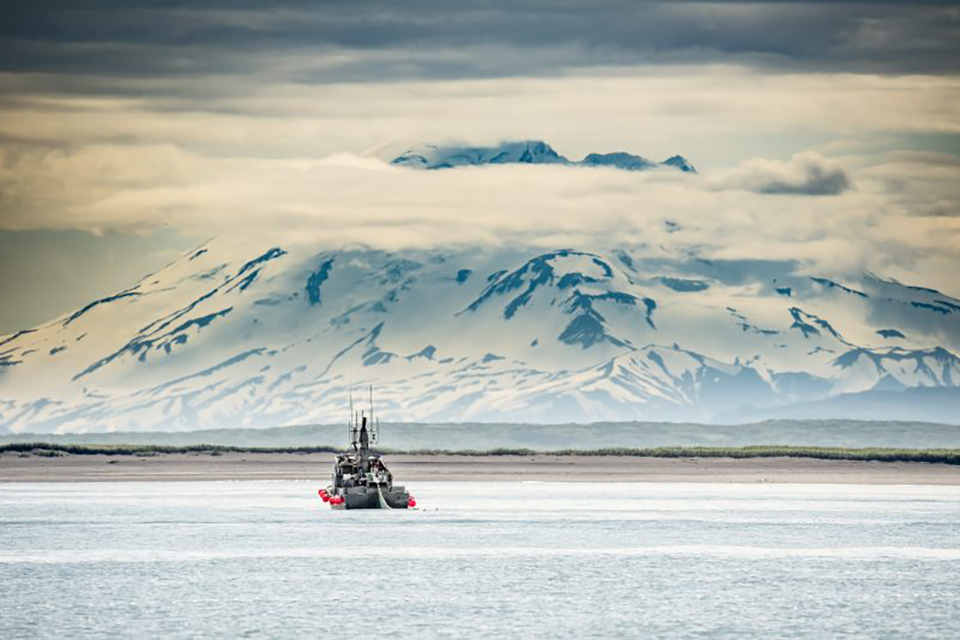
Fisheries
Even with Pebble Mine dead in the water, mining-fishing collisions may be inevitable
Mining can degrade water quality and impact fisheries, but some consider the Pebble Mine in Alaska as necessary for the metals for green tech.
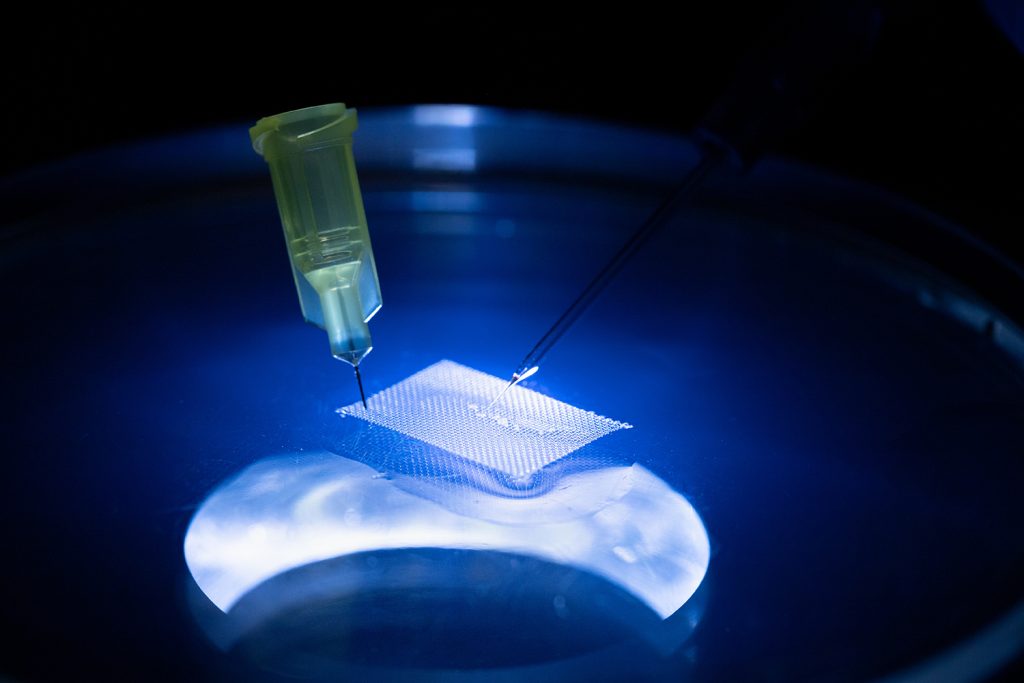
Innovation & Investment
Overcoming the ‘sterility paradox’: How new gene editing technology can solve it and benefit aquaculture
GOAL 22: Monosex sterile fish are good for farms but not hatcheries. The Center for Aquaculture Technologies solves this paradox at commercial scale with novel gene-editing technology.
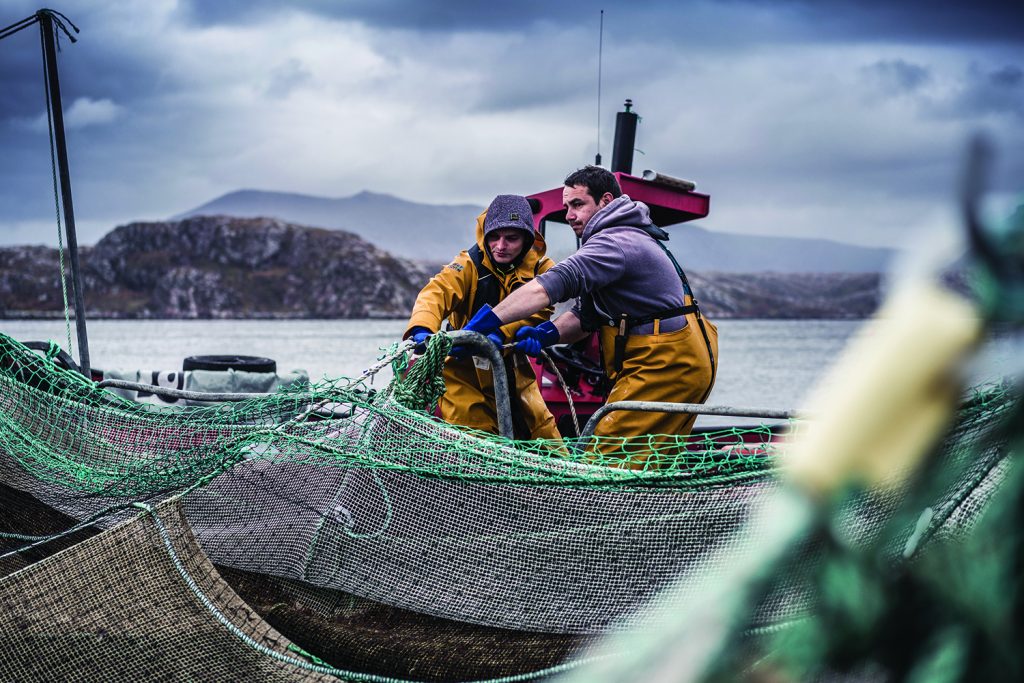
Intelligence
In the fight against seafood fraud, the technology behind trace element fingerprinting is maturing
Analysis of trace chemical elements can reveal where farmed seafood comes from. Standardization of traceability tools and techniques is improving the process.


